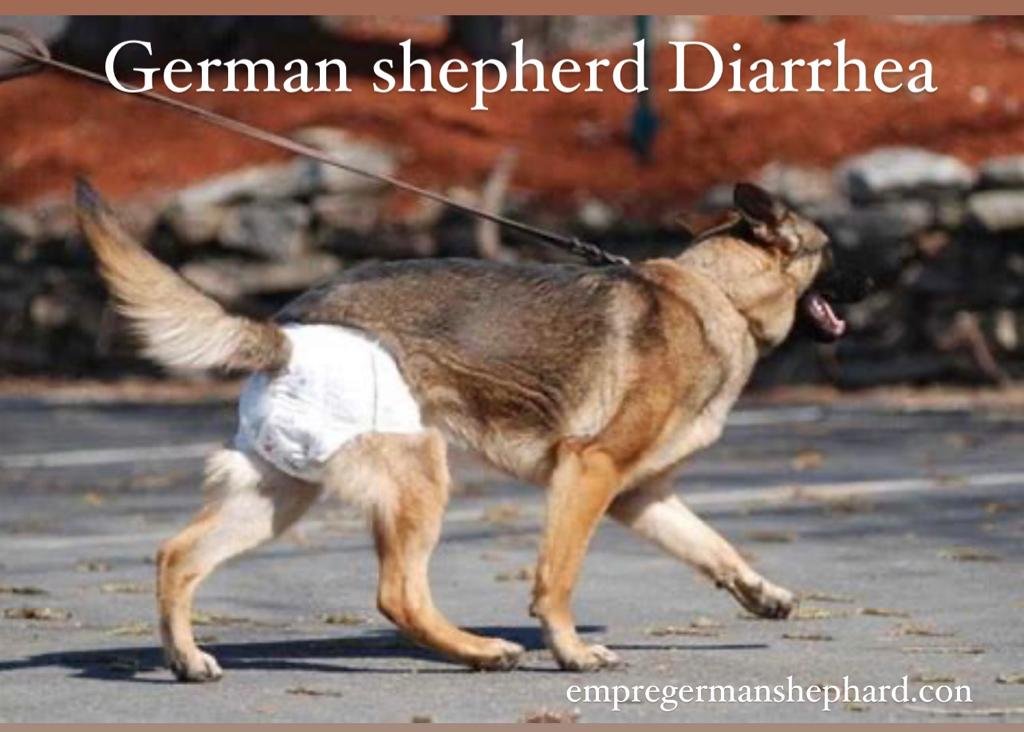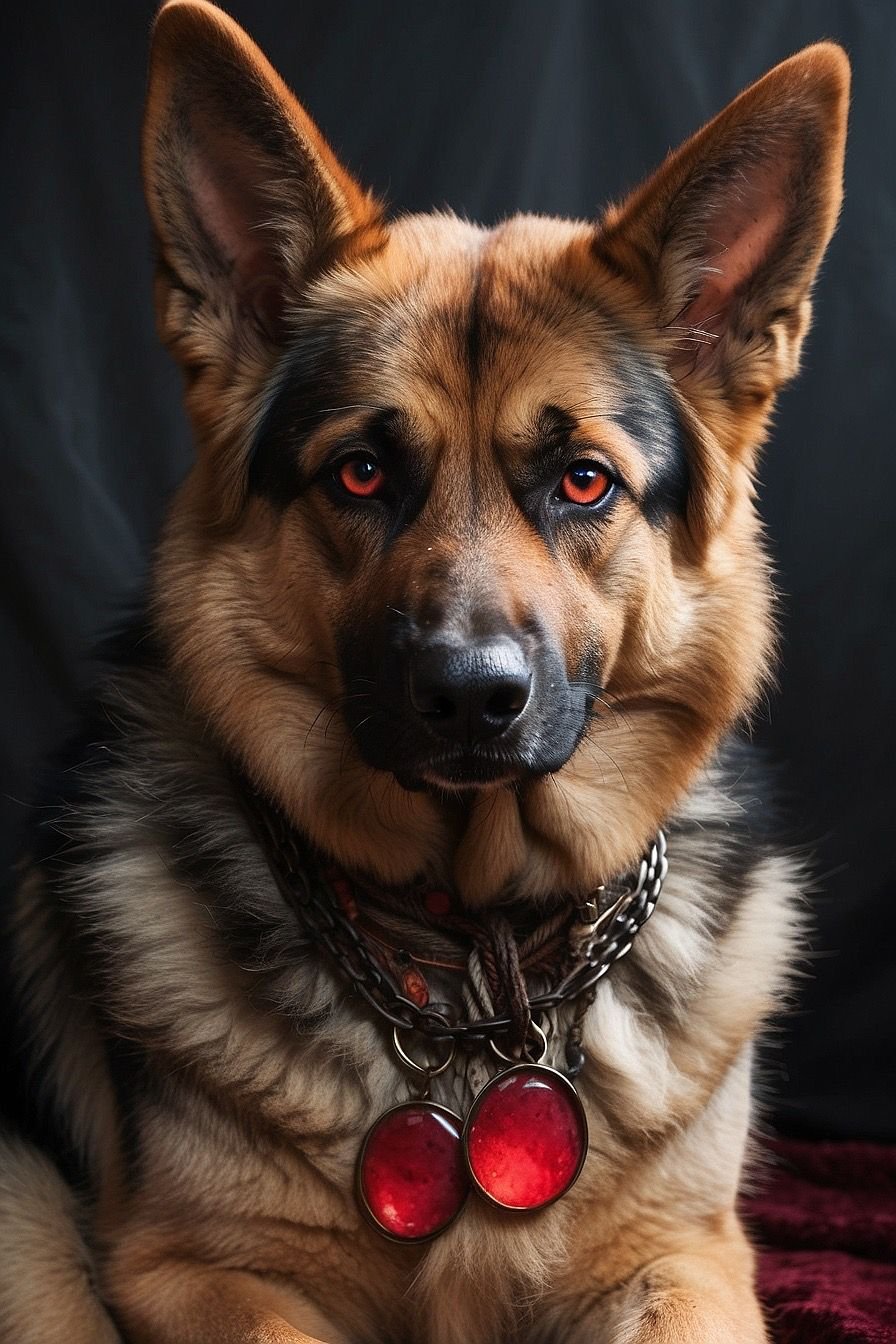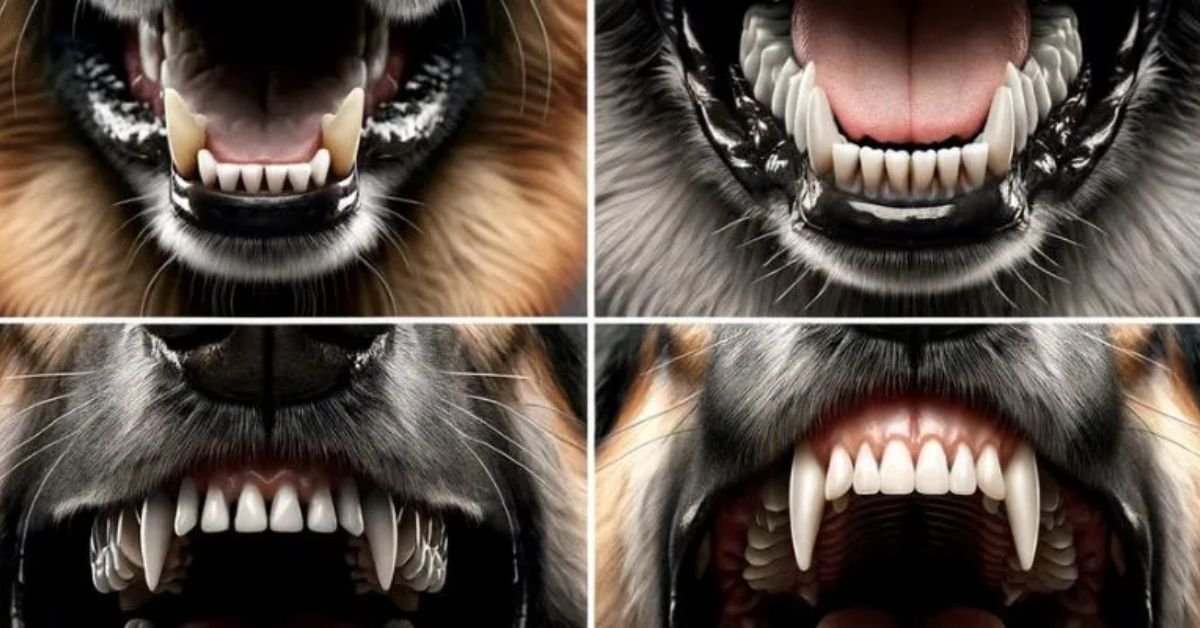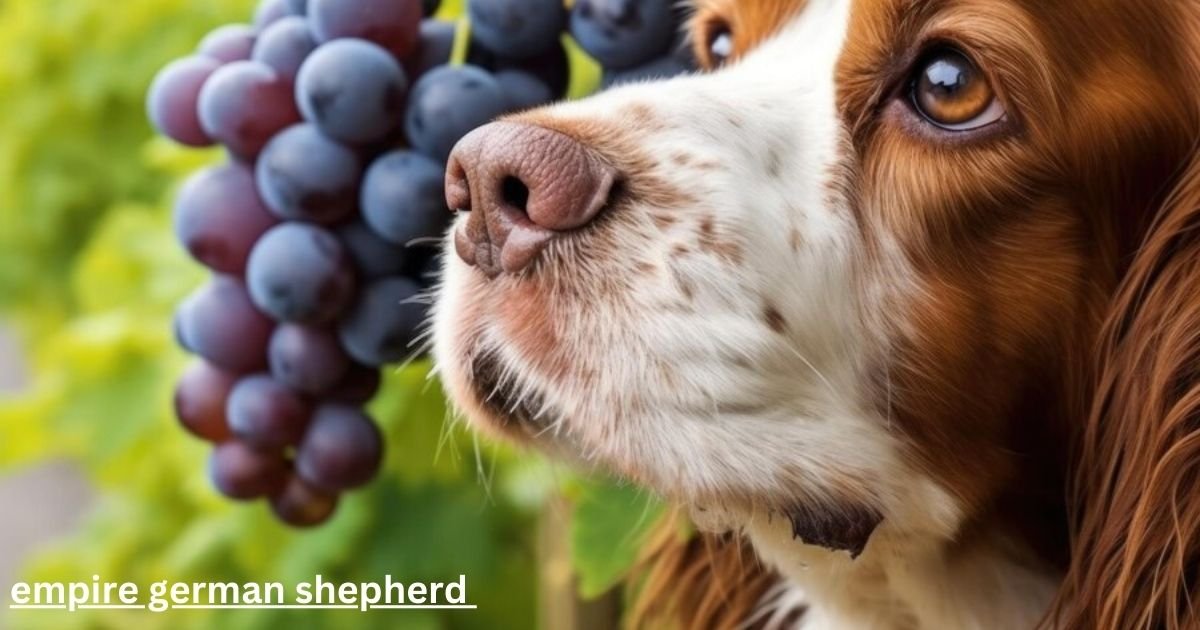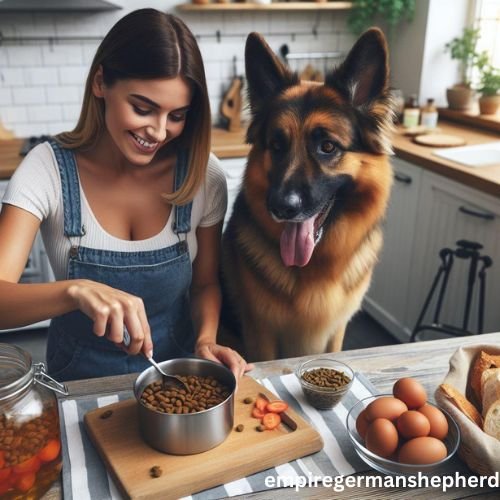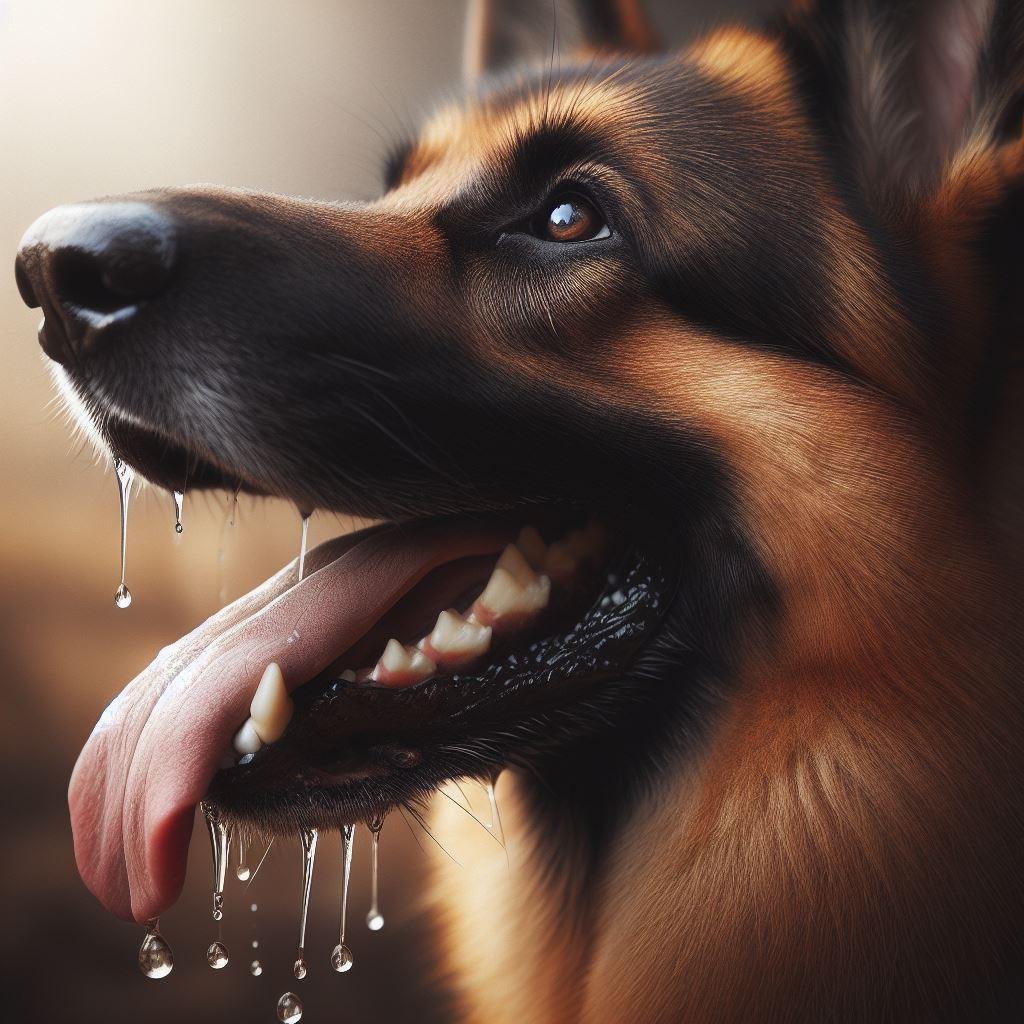20 Best Dog Foods for German Shepherds with Diarrhea: Your Ultimate Guide
When my German Shepherd started experiencing diarrhea, I knew it was critical to adjust their diet and find the best dog food for a German Shepherd with diarrhea. I learned that a gentle and easily digestible diet alleviates the symptoms. Consulting with a veterinarian was my first step, and they suggested a prescription diet formulated explicitly for digestive issues. I also looked for dog foods with limited ingredients to minimize the risk of triggering food sensitivities or allergies. One of the best approaches I found was opting for diets with a single source of protein and easily digestible carbohydrates like chicken, oats, or sweet potatoes. Moreover, introducing probiotics to their diet helped promote a healthy balance of gut bacteria and resolve the digestive upset. I was also advised that probiotics and high-soluble fiber foods like canned pumpkin or cooked sweet potatoes could help form the stools and regulate bowel movements. Starting with a temporary diet option, I introduced the new food gradually to monitor my dog’s response. If the condition persists or worsens, it’s crucial to get a proper diagnosis and treatment plan recommended by the vet. I also learned about the best foods through frequently asked questions by other pet owners facing the same issue. What to Feed Your German Shepherd When Diarrhea Strikes When a German Shepherd is struck with the unpleasant experience of runny stools, it’s challenging for the dog and the owner. Diarrhea is a common health issue among dogs, and it’s essential to understand what to feed them when they can’t eat their usual food. The best dog food for a German Shepherd with diarrhea should consist of a bland diet, including boiled chicken and white rice, avoiding any spices or oils that could further upset the stomach. Plain canned pumpkin, high in fiber content, can also be beneficial, along with a healthy dose of probiotics to enhance gut health. During this time, ensuring adequate water intake is crucial to prevent dehydration. Feeding small, frequent meals can also be less taxing on your dog’s digestive system when experiencing diarrhea. It requires patience and a strategic approach to diet and care, utilizing the best dietary practices to help your German Shepherd recover. Always remember the importance of easily digestible meals and seek veterinary advice to guide you through managing digestive upset. Causes of Diarrhea in German Shepherds Diarrhea in German Shepherds can be a symptom of a multitude of underlying issues, ranging from the benign to the more serious. Common causes of such digestive upset in GSDs may include parasites, such as intestinal worms, or infections caused by viruses or bacteria leading to conditions like gastroenteritis. Stress, a sudden change in diet, food allergies, or intolerances can also disrupt a dog’s digestive system. Some German Shepherds have particularly sensitive stomachs, and consuming moldy or toxic food can lead to severe stomach upsets. Overeating or ingesting substances not meant for consumption—like toys, plastic bags, or socks—could result in a foreign body blockage. In contrast, more serious medical conditions such as liver failure, thyroid problems, IBS, or even cancer might manifest as diarrhea. Other potential causes include heatstroke, dehydration, or side effects from certain medications. Pancreatitis, often due to a high-fat diet, is another possible cause. Finding the best dog food for a German Shepherd with diarrhea is key when treating these conditions. It’s essential to watch your dog’s health and consult with a vet to identify the cause, as the best food choice may vary depending on the underlying issue. What Do You Feed a German Shepherd With Diarrhea? When your German Shepherd suffers from diarrhea, the first step is often to pause feeding for about 12 hours while keeping them well-hydrated. During this time, ensuring your dog has constant access to clean water to prevent dehydration is key. After fasting, they introduce bland, binding foods to their diet; plain white cooked rice is optimal, served in small amounts but often. If your dog has also vomited or shown other mild symptoms, this approach can soothe their stomach and begin treatment. As vets recommend, slowly feeding your German Shepherd cooked lean chicken meat along with the rice can be beneficial. It’s important to remember to boil the rice and chicken without any salt or seasonings to prevent further irritation. Dr. Mike Paul, a DVM at the Pet Health Network, also suggests bland foods as part of the best treatment practices. If diarrhea persists, always consult with your vet for guidance. To ensure the food is appropriate, you can also cook pasta, potatoes (excluding the skins due to solanine, which can be toxic to dogs), sweet potatoes, and pumpkin. Adding beneficial bacteria through foods like yogurt or low-fat cottage cheese can help restore balance to your dog’s tummy and firm up stools as the stool consistency returns to normal. When gradually mixing their regular food with the rice meals, increase the standard diet proportion if the symptoms pass quickly, usually within a few days. Moreover, offer frequent small amounts of water to prevent dehydration, ensuring your dog can flush out his system. Consider using ice cubes in their bowl or investing in a dog water fountain to entice hydration. Using the best dog food for a German Shepherd with diarrhea as part of a carefully managed diet can help return your loyal companion to health. The 20 Best Foods for German Shepherds with Diarrhea 1. Diamond Naturals: With natural ingredients and a focus on digestive health, Diamond Naturals is ideal for shepherds with sensitive tummies. It avoids common irritants and supports overall health. 2. Royal Canin Gastrointestinal: This specialized formula contains easily digestible proteins, a balanced fiber content, and a blend of probiotics that can help manage and improve your dog’s digestive health. 3. Skin- and stomach-sensitive salmon, large breed adult Purina Pro Plan: High in protein and crafted for adult dogs, this food also supports skin and coat health, which can be an added concern for shepherds. 4. Honest Kitchen: Known for using dehydrated natural ingredients, Honest … Read more
